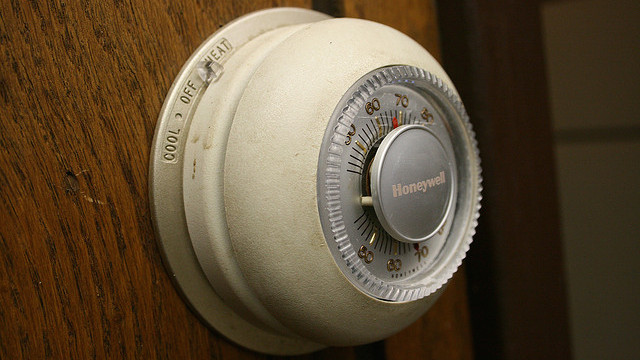Conflict resolution isn’t an exact science. However, over on Harvard Business Review, author Mark Gerzon suggests that if you can differentiate between a hot and cold conflict, you can resolve them a lot quicker.
Picture: Tim/Flickr
Some conflicts are very emotional and others aren’t, and they need to get handled differently depending on which they are. Here’s how Gerzon defines the two:
Hot conflict is when one or more parties are highly emotional and doing one or more of the following: speaking loudly or shouting; being physically aggressive, wild or threatening; using language that is incendiary; appearing out of control and potentially explosive.
Cold conflict is when one or more parties seem to be suppressing emotions, or actually appear “unemotional,” and are doing one or more of the following: muttering under their breath or pursing their lips; being physically withdrawn or controlled; turning away or otherwise deflecting contact; remaining silent or speaking in a tone that is passively aggressive; appearing shut down or somehow frozen.
Once you decide whether a conflict is hot or cold, you can react accordingly:
If the conflict is hot: You don’t want to bring participants in a hot conflict together in the same room without settings ground rules that are strong enough to contain the potentially explosive energy. For example, if you are dealing with a conflict between two board members who have already attacked each other verbally, you would set clear ground rules — and obtain agreement to them — at the outset of your board meeting before anyone has a chance to speak…
If the conflict is cold: You can usually go ahead and bring the participants or stakeholders in the conflict together, engaging them in constructive communication. That dialogue, if properly facilitated, should “warm up” the conflict enough so that it can begin to thaw out and start the process of transformation. But you will still need to be vigilant and prepared. Conflict is often cold precisely because so much feeling is being repressed. So you need to skillfully know how to warm it up without the temperature unexpectedly skyrocketing.
Gerzon is talking about this in context of a work environment, but it’s really applicable wherever you are. Head over to Harvard Business Review for a few more tips for conflict resolution.
To Resolve a Conflict, First Decide: Is It Hot or Cold? [Harvard Business Review via 99U]

Comments